What should we do if the lawn grass turns yellow and dies in large areas?
Every summer, many lawn maintenance workers begin to worry about the yellowing and withering of their lawns, because sometimes yellowing and withering of lawns occur on a large scale in just one night or a few days. If not prevented in time, it can greatly reduce the landscape effect and even lead to death. Through years of on-site inspections of maintenance sites, it has been found that yellowing and withering of lawns are generally caused by the following three reasons, which can be used as a reference for garden maintenance friends.
1、 Death caused by extensive pruning
In order to reduce maintenance costs, lawn grass is left untrimmed for a long time, and one opportunity is seized to significantly trim it. Due to the high temperature from June to August, excessive pruning at once, and insufficient water supply, the lawn is prone to withering. This situation usually occurs after pruning and is widespread, especially in areas with higher terrain where withering is more severe.
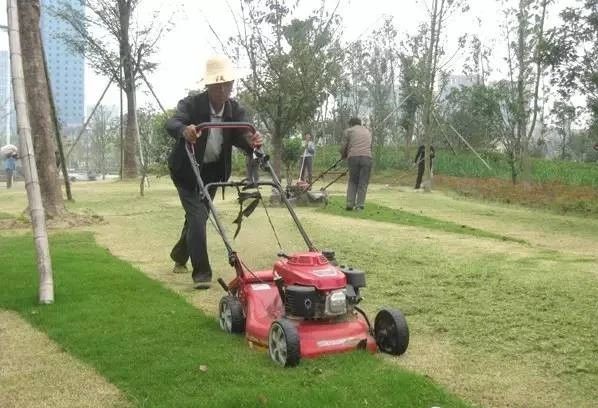
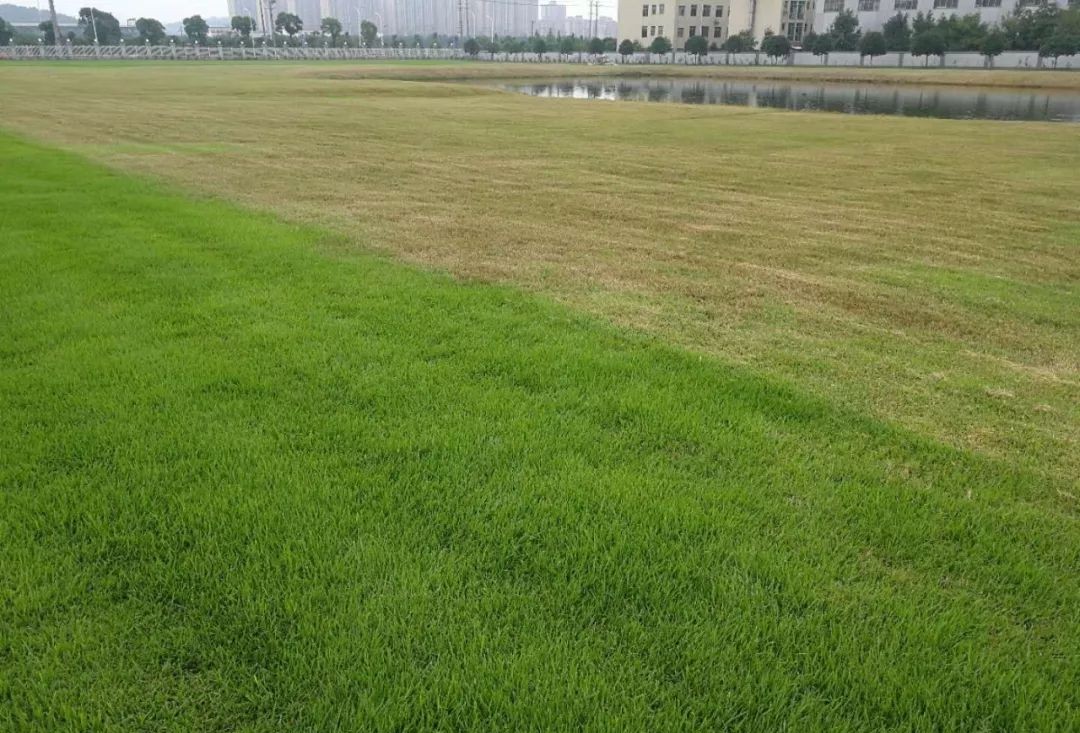
Solution for withering caused by pruning:
When pruning, follow the principle of one-third. If the lawn grows too high, it is recommended not to prune it too low at once. It can be pruned multiple times and watered promptly after pruning. Summer lawns can be trimmed at a height of about 1-2 centimeters. The recommended trimming height (stubble height) for cold season lawns is 4-6cm; the recommended trimming height for warm season lawns is 3-5cm.
Trimming techniques:
1. Pruning time: It is recommended to prune after the dew has dried in the morning to reduce the chance of bacterial invasion caused by the coexistence of wounds and dew.
2. During each trimming, it is important to ensure that the blades of the lawn mower are sharp to prevent the lawn leaves from being torn or pulled, which can affect the aesthetics of the lawn and prevent the growth of bacteria. Spray fungicides such as pyrazole ether fungicide and benzopropiconazole in a timely manner after pruning to avoid infection through wound trimming.
2、 Caused by lawn diseases
Turfgrass diseases that cause yellowing and withering usually have a disease onset process, and mycelium can be found in the early morning at the affected location. So how to quickly determine whether it is caused by the onset of the disease? More than 80% of lawn diseases are caused by fungi. And before the formation of the disease, some visible colonies and colors will form. So it is easy to observe mycelium and other substances at 5am in the morning.

Firstly, observe the diseased leaves; Because the leaves and tips are the growth points of grass plants, which are the youngest and most vulnerable parts to bacterial invasion; Leaves are often trimmed, and the trimmed wounds are susceptible to bacterial invasion; Common lawn diseases from June to August include brown spot, summer spot, rot mold wilt, and sickle wilt.
Understand the diseases that cause large circular lesions
The dead spots on the lawn are over 30cm, and the larger lesions can reach 3-4m, appearing roughly circular. The main diseases include brown spot disease, total rot disease, sickle wilt disease, etc.
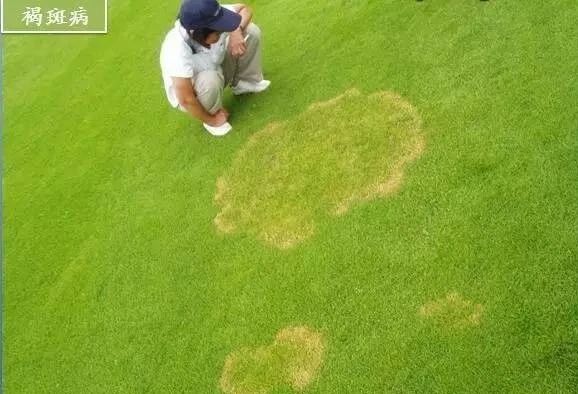
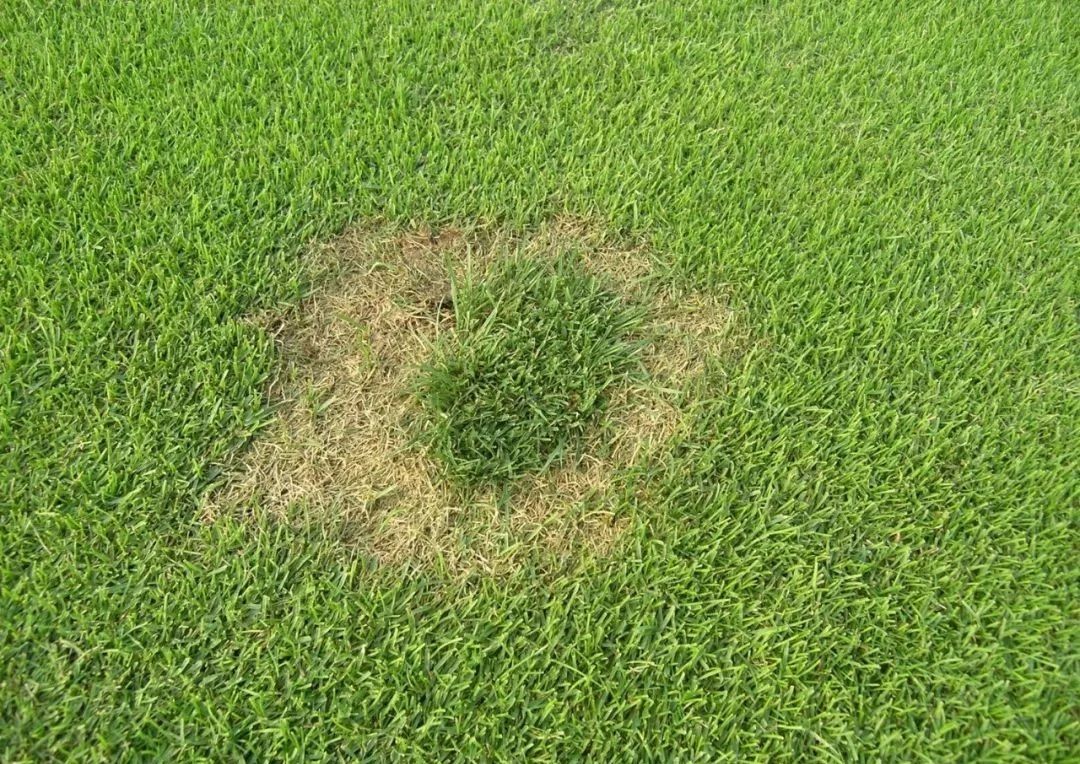
Understand the diseases that cause small circular lesions
The diameter of the lesion is 2-20cm and it is circular. If the disease cannot be controlled in a timely manner, small lesions will spread and combine with each other to form irregular large lesions. The main diseases include: red silk disease, rot mold wilt disease, and coin spot disease.
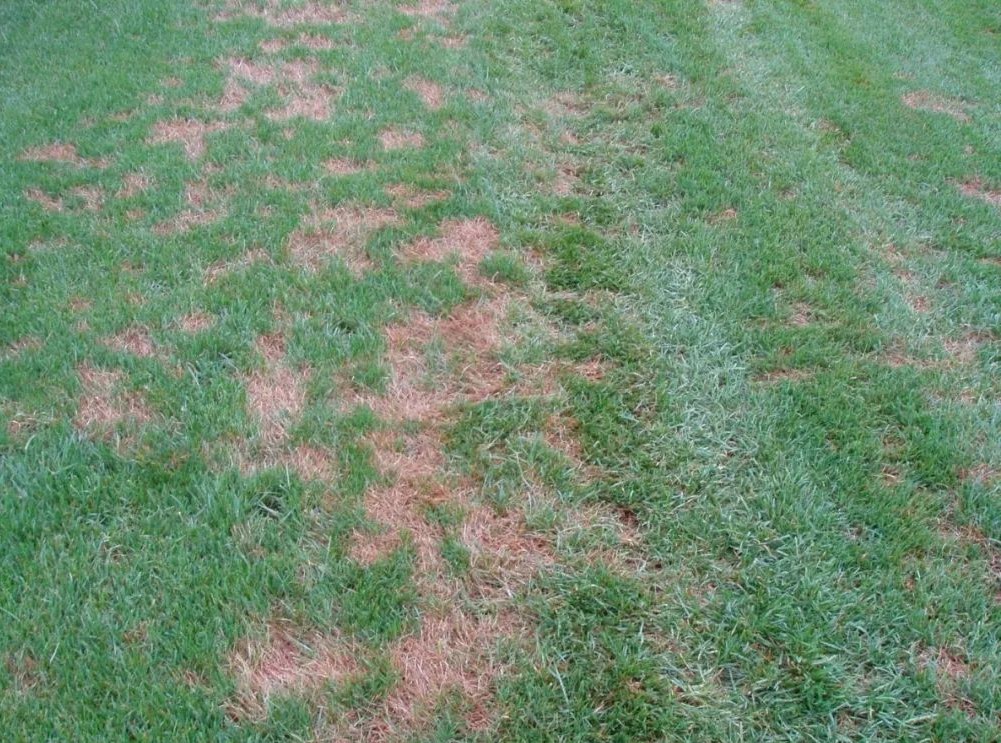
Solution to yellowing caused by diseases:
Apply less nitrogen fertilizer during the maintenance process and try not to apply urea in summer. If there is a need for fertilization, it is recommended to spray foliar fertilizers such as Tefumei and Tianlu. Once diseases are found, timely application of protective measures should be carried out, followed by spraying fungicides such as Fulike (azoxystrobin) and enoxymorpholine. It is recommended to spray again every 5-7 days.
3、 Yellowing caused by pests such as Spodoptera litura, Spodoptera frugiperda, and Grubs
Pests such as armyworms, meadow moths, and ground tigers can eat up the veins and tender stems, posing a threat of biting and feeding on them day and night on rainy days. Mild cases can cause the lawn to turn yellow. If not prevented and treated in a timely manner, severe cases can result in the entire lawn dying, seriously affecting the viewing and normal growth of the lawn. Older larvae have more active insects in the rhizosphere of lawns, and their feces are more obvious. They mostly feed in the morning, evening, and night. This insect poses a threat from May to October. Larvae feed during both day and night, with nighttime being the main source. During the day, it inhabits the back of the leaves, roots, or near moist soil of lawn grass. Older larvae have more active insects in the rhizosphere of lawns, and their feces are more obvious. They mostly feed in the morning, evening, and night.
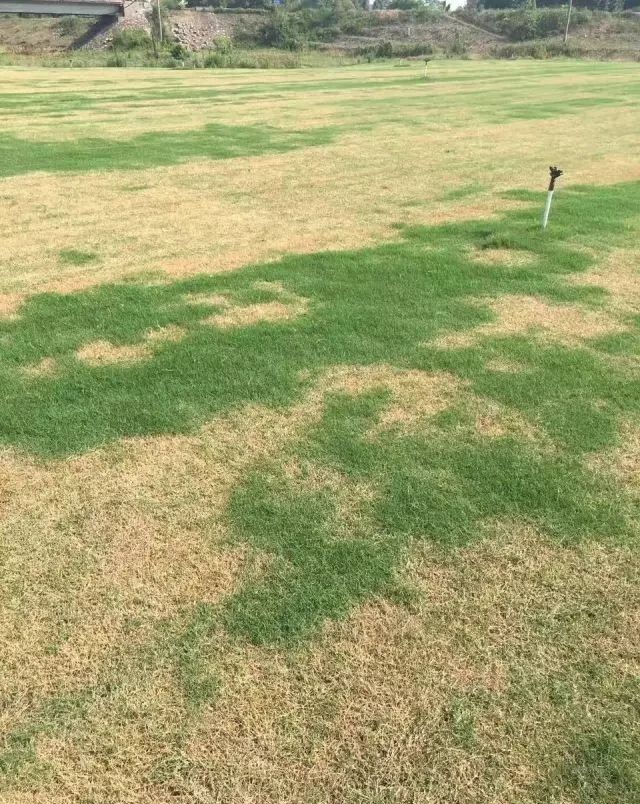
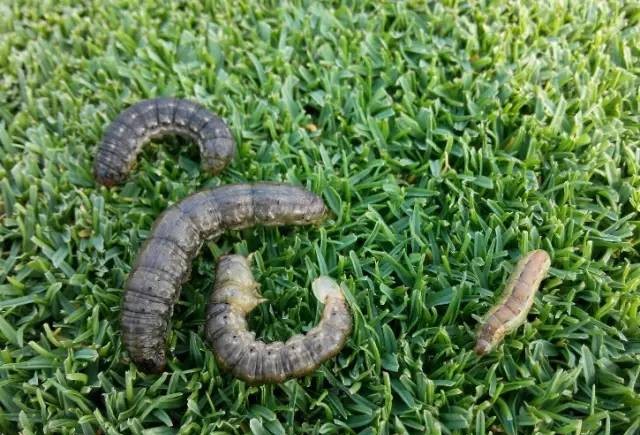
Solution to the yellowing caused by the pale sword armyworm:
1. Combining lawn mowing, spraying lightly or with green arrows, and wetting the lawn grass, it is recommended to spray once every 7-10 days.
2. Spread Yi Shi Jing granules, apply 1-2 bags of medication per acre, and remember to water promptly after application.
3. Remember that taking medication in the evening is more effective.
Grubs mainly harm the grass roots of lawns, and once damaged, the lawn is easily lifted up. Solution to yellowing caused by grubs:
2-3 days after lawn mowing, apply 1kg-2kg/acre of easy to apply static granules evenly after 4pm, and then water. This agent contains an inert carrier and will not be released in one go. It requires 3-4 doses and has a shelf life of 1-2 months.
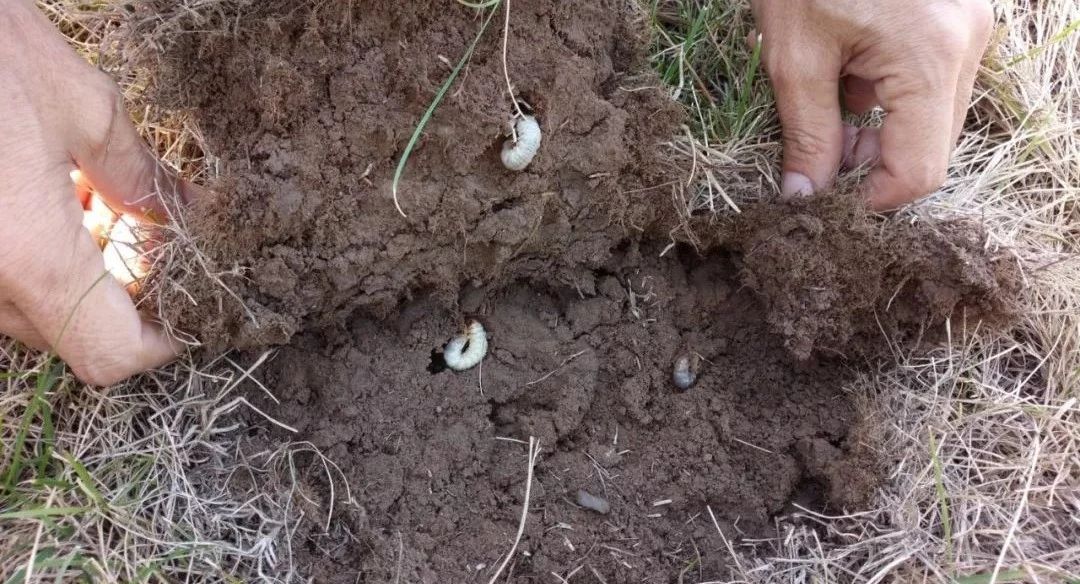
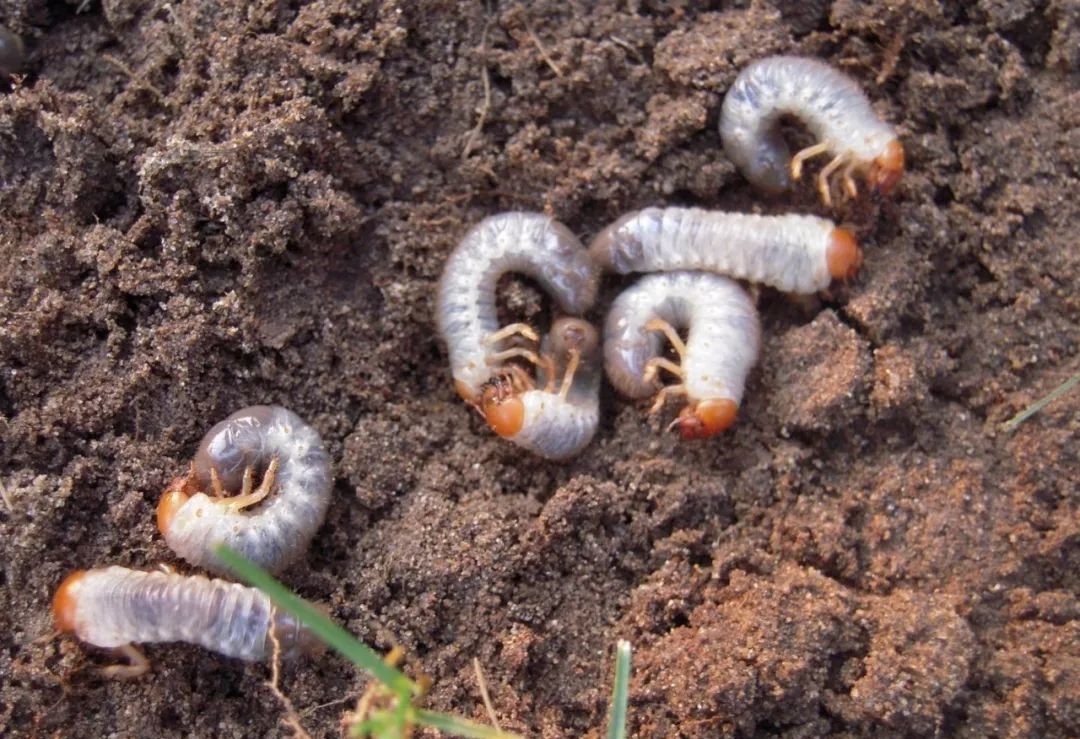
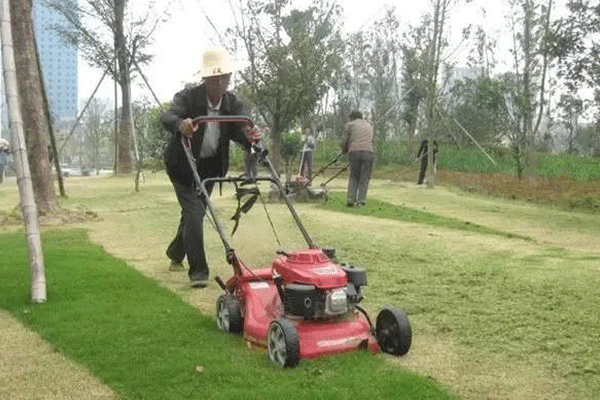
Source: Reprinted from Dr. Tree